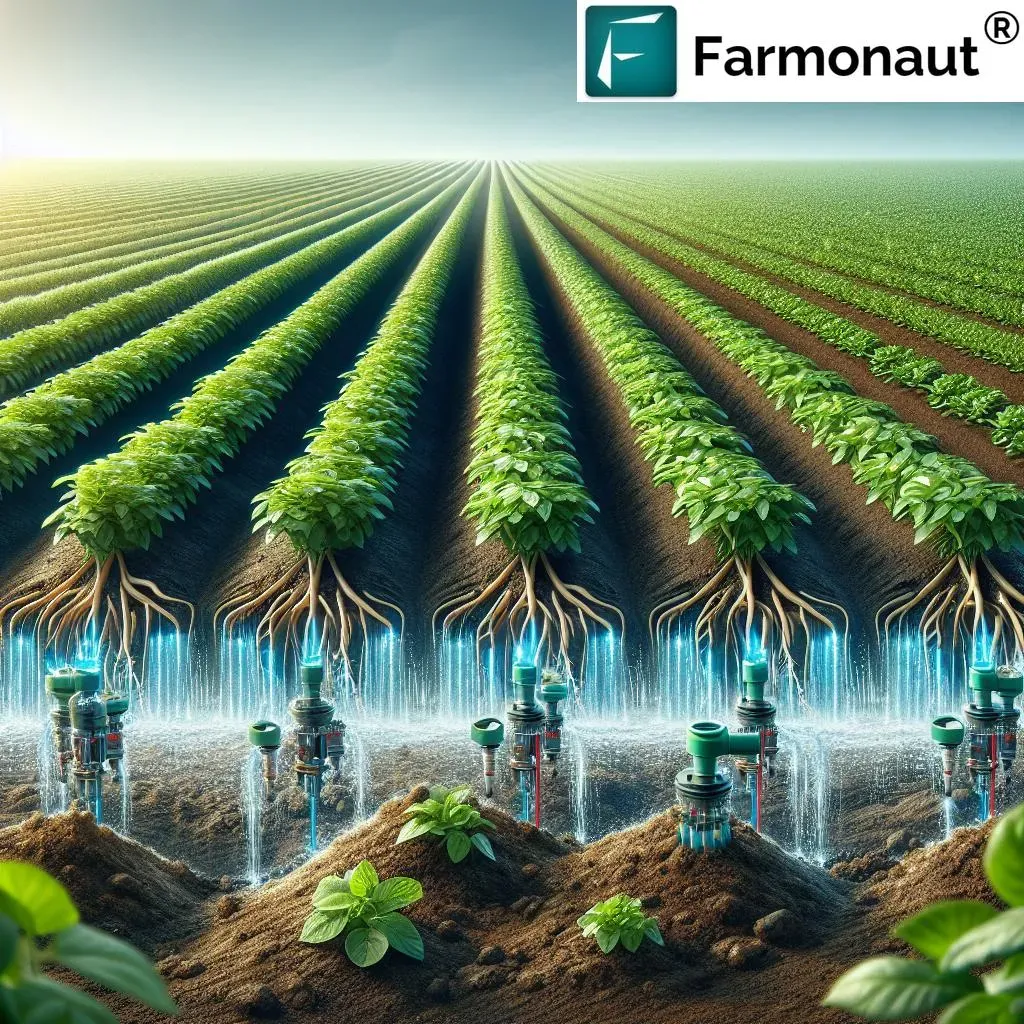In the quest for sustainable and cost-effective solutions to environmental remediation, a novel method is gaining traction, promising to revolutionize soil and water treatment. Researchers, led by Hangyu Li from the State Key Laboratory on Soil and Sustainable Agriculture at the Institute of Soil Science, Chinese Academy of Sciences, have been exploring the synthesis of biochar-iron based materials using ball milling technology. This approach, detailed in a recent study published in ‘npj Materials Sustainability’ (which translates to ‘npj Materials for a Sustainable Future’), is garnering attention for its potential to address pressing environmental challenges.
Ball milling, a process that involves grinding materials into fine powders using rotating drums filled with balls, has emerged as a promising technique for synthesizing biochar-iron based materials. These materials are recognized for their ability to remediate soil and underground water through adsorption, reduction, and advanced oxidation processes. The study highlights the influence of various parameters, such as ball milling pre-treatment, pyrolysis temperature, milling speed, and time, on the properties and performance of these materials.
“Ball milling offers a low-cost, environmentally friendly, and scalable method for producing biochar-iron based materials,” Li explains. The research underscores the importance of optimizing these parameters to enhance the physical and chemical properties of the materials, ultimately improving their remediation capabilities.
The study delves into the specific roles of biochar and iron-based materials in eliminating various pollutants. Biochar, derived from the pyrolysis of organic materials, provides a porous structure that enhances adsorption. Iron-based materials, on the other hand, facilitate chemical reduction and catalytic oxidation, effectively breaking down and neutralizing contaminants.
The commercial implications of this research are significant, particularly for the energy sector. As industries strive to meet environmental regulations and reduce their ecological footprint, innovative remediation technologies become increasingly valuable. The scalability and cost-effectiveness of ball milling technology make it an attractive option for large-scale environmental restoration projects.
However, the study also points out the challenges that lie ahead. “While ball milling has been frequently reported in research, its underlying effect mechanism remains a subject of challenge,” Li notes. Further exploration is needed to fully understand and harness the potential of this technology.
The outlook for ball milling technology and biochar-iron based materials is promising. As researchers continue to refine the synthesis process and optimize material properties, these innovations are poised to play a crucial role in environmental remediation. The study published in ‘npj Materials Sustainability’ serves as a stepping stone, paving the way for future developments in this burgeoning field.
In the words of Li, “Both ball milling technology and biochar-iron based materials hold promising prospects and warrant further investigation in future endeavors.” As the energy sector and other industries seek sustainable solutions, the insights gained from this research could shape the future of environmental remediation, driving progress towards a cleaner and healthier planet.

